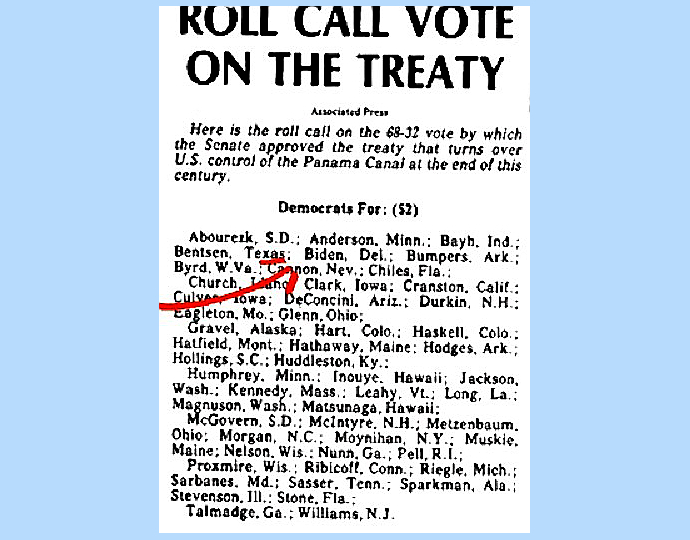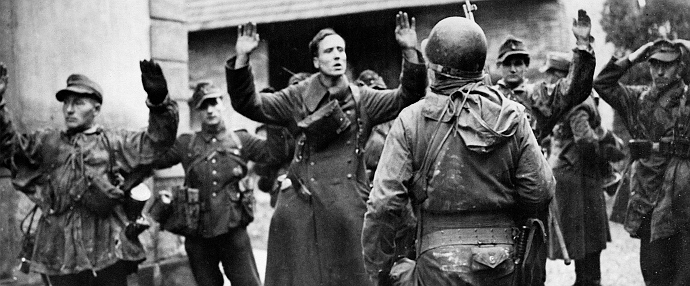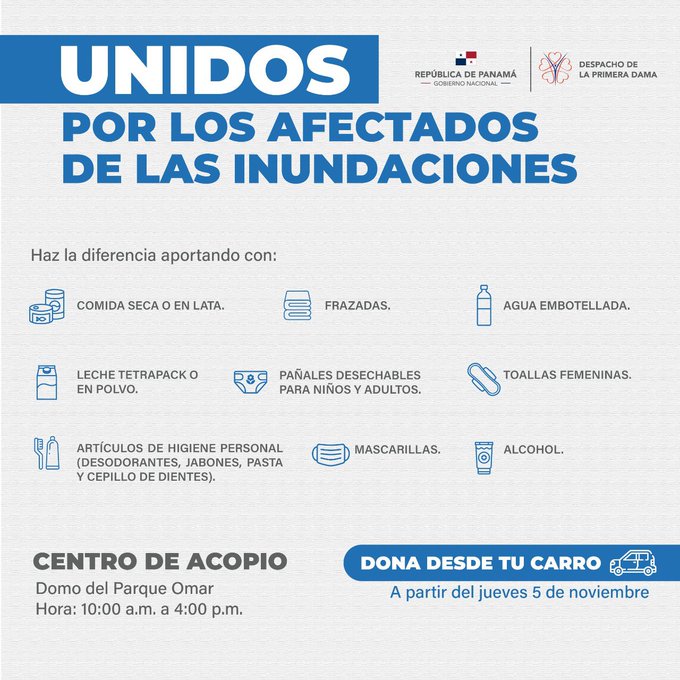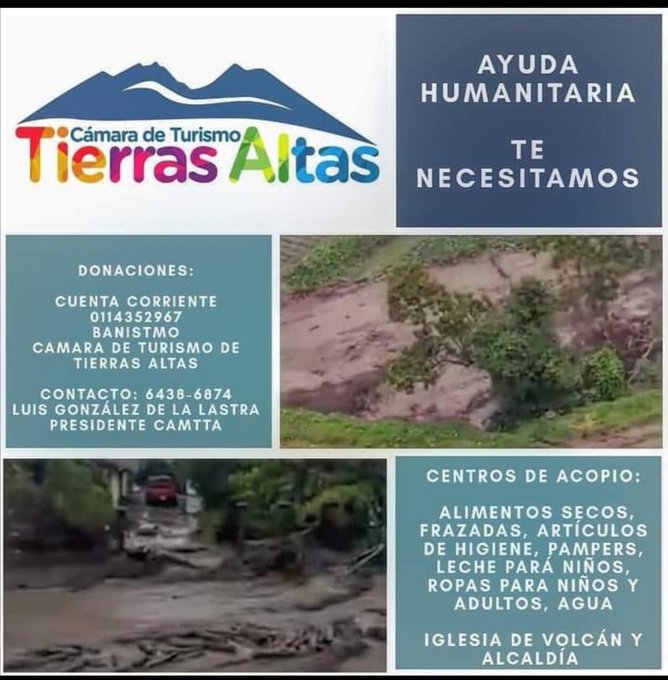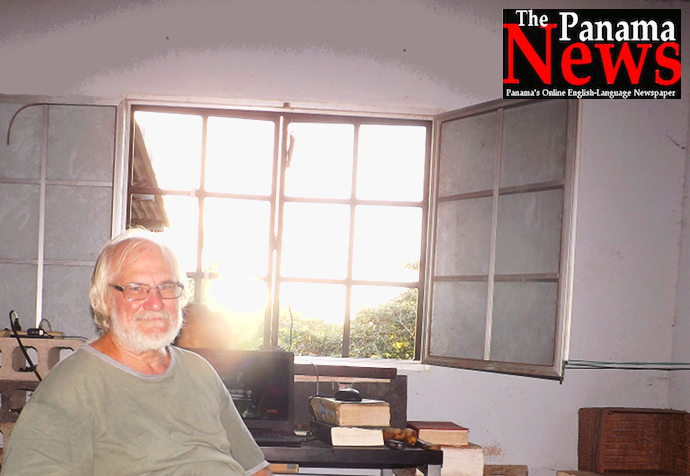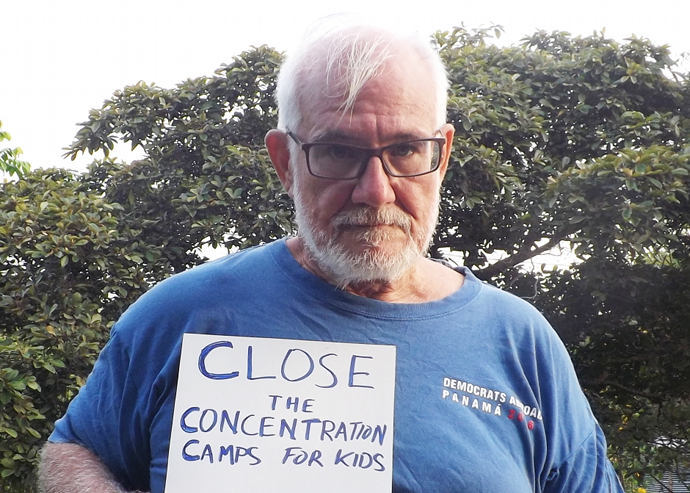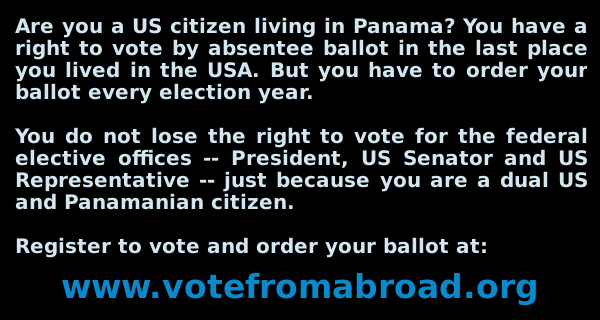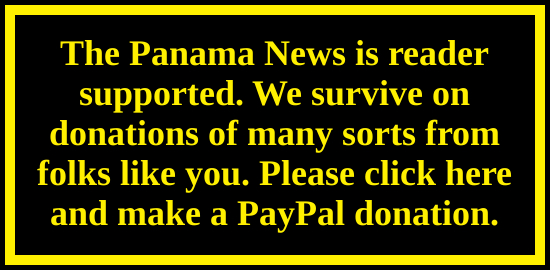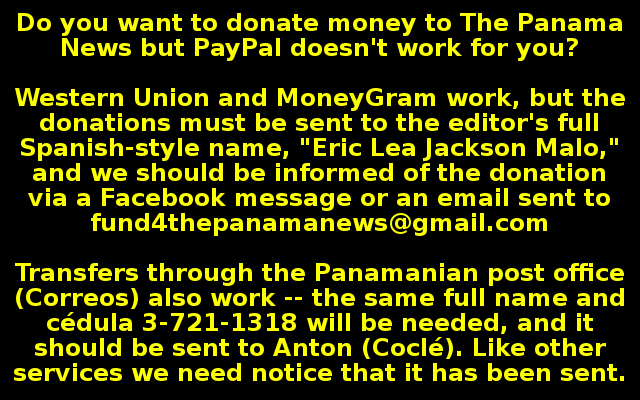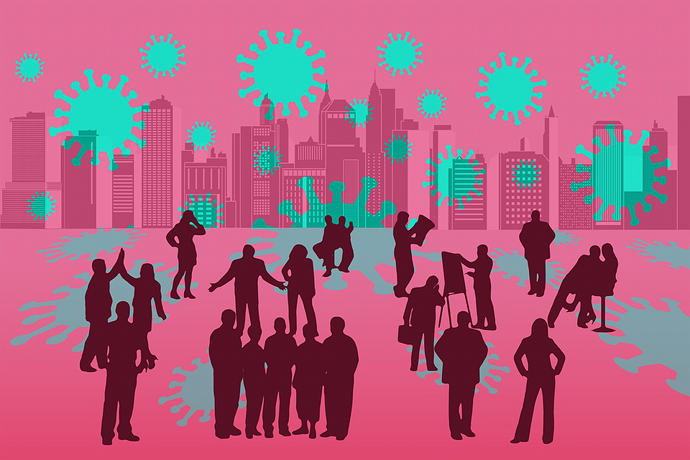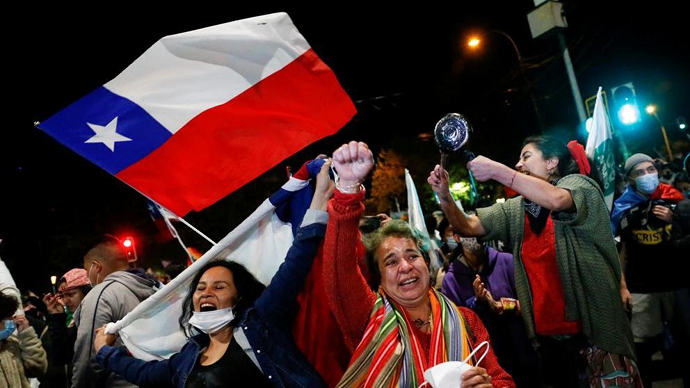How a young senator voted way back when.
Whither US-Panamanian relations?
The world as it was before Donald Trump can’t be restored. Too many things have changed. The current pandemic punctuates the story, but is far from all.
Panama traditionally looked to the United States for its national defense – a mistake we should have recognized in the smoldering rubble of El Chorrillo – but when the common enemy was a virus Mr. Trump had torn down his own country’s defenses and couldn’t help his own constituents, let alone Panamanians. In the world economy, in cultural relations, in the fields of diplomacy and geopolitics, humanity has moved on.
The living caricatures of the US sectarian left – who got well under one percent of the general election vote – warn of this imperialist warmonger Joe Biden. They could be right, but probably are not. Will he be the continuation of an Obama administration that fostered the Honduran coup and its corrupt death squad aftermath? Will he be the continuation of an Obama administration that eased cruel and ineffective measures against Cuba and began to look at the needs of ordinary people on both sides of the Florida Strait? Will he continue the Trump policy of trying to bully Panama about business ties with China, or concentrate on fixing the educational, industrial and economic infrastructures that can enable the Americans to make better offers than the Chinese?
There is reason for optimism. Joe Biden has shown political adaptability and a secure grounding in reality.
What about Nito Cortizo and the Panamanian people? The clumsy bully from the north is leaving. Can Panama chart a course that makes it matter a lot less what kind of person sits in the Oval Office? Can the neutrality that is the Panama Canal’s best defense, notwithstanding any other country’s unilateral sanctions or boycotts, be reinforced? Can we do that without becoming amoral on the world stage?
Joe Biden has a new set of relationships to build. So does Nito Cortizo.
A hurting empire delivers a
verdict with hurt to go around
On the Republican side, white nationalism, the propaganda of the big lie and weird conspiracy theories were all set back but will be around to fight another day.
On the Democratic side, all manner of identity politics, the notion of being blandly similar to Republicans on the burning issues of the day, dynastic politics and compulsions to back this or that powerful lobby were humiliated all through the primary season and in the general election.
The Republicans are left discredited and unable to deliver anything other than obstruction. Will they stick with fascism, armed incursions into state houses of government and militant anti-scientific ignorance?
The Democrats are left with Congressional leaders who have not been very good lately, internal faction fights, an uphill struggle to win back the Senate in a pair of January 5 runoffs in Georgia and the daunting challenge of avoiding the usual congressional losses of a party that has just lost the presidency in the next elections afterward. Will they continue to move to the left, or move to purge the left?
The basic issues are economic, environmental and geopolitical. Old consensuses have brought on a hollowed-out American economy, enhanced social inequalities that make effective government and even civil discourse difficult and nothing to show but a depleted treasury after many years of wars without victories and often without even any stated objectives.
Joe Biden’s task is to jump out of those old paradigms, not to put them back onto track. It’s not the stuff on which he campaigned, but he was vague enough to step up to the challenges without anyone having cause to say that he lied to us.
Get beneath the label of a Green New Deal and Biden’s Building back Better may be the same thing, and with congressional input and public pressure an even better program. Get beneath the label of Medicare For All and beyond the fixation on the gains and deficiencies of Obamacare and look at both popular demand and the needs of most business, and the United States may solve the puzzle that all other developed countries have and come up with health care that’s both universal and affordable.
The reason for optimism? The high turnout by younger voters, who have little stake in the old games. New generations will leave quests for a holy grail of imperial grandeur behind. Then the tasks of building a just and prosperous country may resume after too long a hiatus.
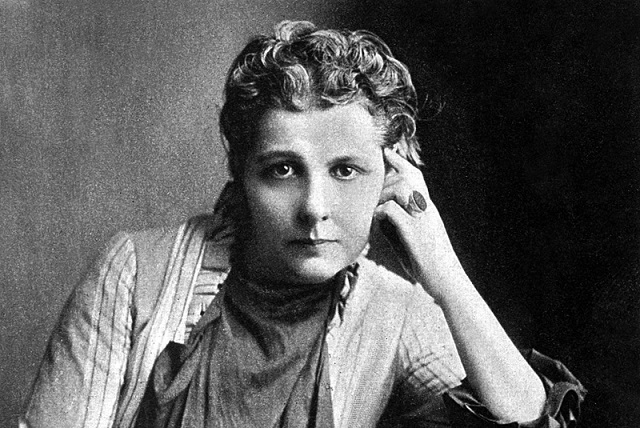
Refusal to believe until proof is given is a rational position; denial of all outside of our own limited experience is absurd.
Annie Besant
Bear in mind…
Pray that your loneliness may spur you into finding something to live for, great enough to die for.
Dag Hammarskjold
Reality is that which, when you stop believing in it, doesn’t go away.
Philip K. Dick
I deliberately state my age because it keeps me honest. I think lying is a bad idea. Sooner or later, someone’s going to catch you.
Rita Moreno
Contact us by email at fund4thepanamanews@gmail.com
To fend off hackers, organized trolls and other online vandalism, our website comments feature is switched off. Instead, come to our Facebook page to join in the discussion.
These links are interactive — click on the boxes

